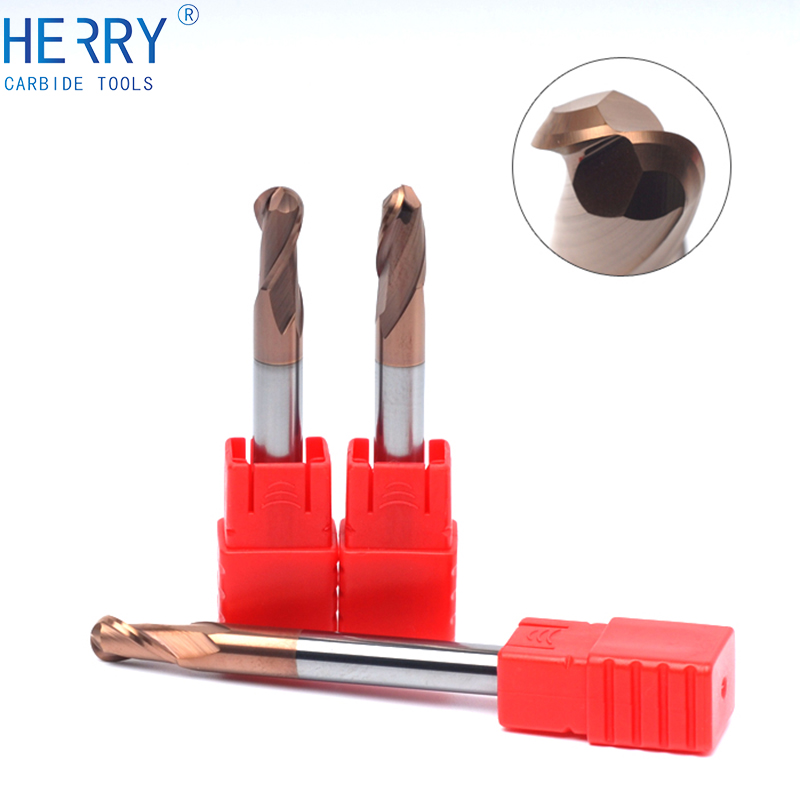
Product Introduction
attachment:Carbide Ball Nose End Mills.xlsxCarbide Ball Nose End Mills: Versatility and Precision in Machining
Carbide ball nose end mills are a type of cutting tool known for their ability to create smooth curved surfaces in various materials. These end mills feature a rounded tip which allows them to produce complex contours and three-dimensional details that are difficult to achieve with flat-end mills. The carbide construction ensures durability and precision even in tough-to-machine materials.
Features:
High Hardness and Wear Resistance: Made from tungsten carbide these end mills can tackle challenging materials like steel cast iron and stainless steel.
.
Precision Ground: The precision grinding process ensures accuracy and consistency in the cuts made during the milling process.
Various Geometries: They come in different shapes such as rectangular triangular and diamond-shaped each optimized for specific applications.
Coatings: Many carbide ball nose end mills are coated with materials like titanium nitride or aluminum oxide to improve performance and extend tool life.
Applications:
3D Contouring: Perfect for creating complex 3D shapes and contours in mold and sculpture making
Cavity Machining: Effective for machining deep and intricate cavities in workpieces
Radii and Fillets: Useful for creating rounded edges and fillets which are essential for reducing stress concentrations in components
Advantages:
Improved Surface Finish: The rounded tip produces a smooth surface finish often eliminating the need for further finishing processes.
.
Material Removal Rates: Carbide's hardness allows for higher cutting speeds translating to faster machining times
Versatility: The variety of shapes and sizes available makes these inserts suitable for a broad range of applications
Choosing the Right Carbide Ball Nose End Mill:
Material Compatibility: Ensure the end mill is suitable for the material you are machining.
Cutting Parameters: Consider the cutting speeds feed rates and depths of cut that your operation requires.
Tool Holder Compatibility: Verify that the end mill is compatible with your existing tool holders or milling machines.
Best Practices:
Proper Clamping: Securely clamp the end mill in the tool holder to prevent any movement or vibration during operation.
Cutting Fluids: Use cutting fluids where appropriate to help with heat dissipation and chip evacuation.
Regular Inspection: Periodically inspect the end mill for wear and replace it when necessary to maintain machining quality.
In conclusion carbide ball nose end mills are a reliable choice for high-quality contouring and 3D machining operations. Their durability and precision contribute to efficient and high-quality machining across various industries. By selecting the appropriate end mill and following best practices you can achieve optimal performance and efficiency in your milling operations.
Send Inquiry



 18581906093
18581906093